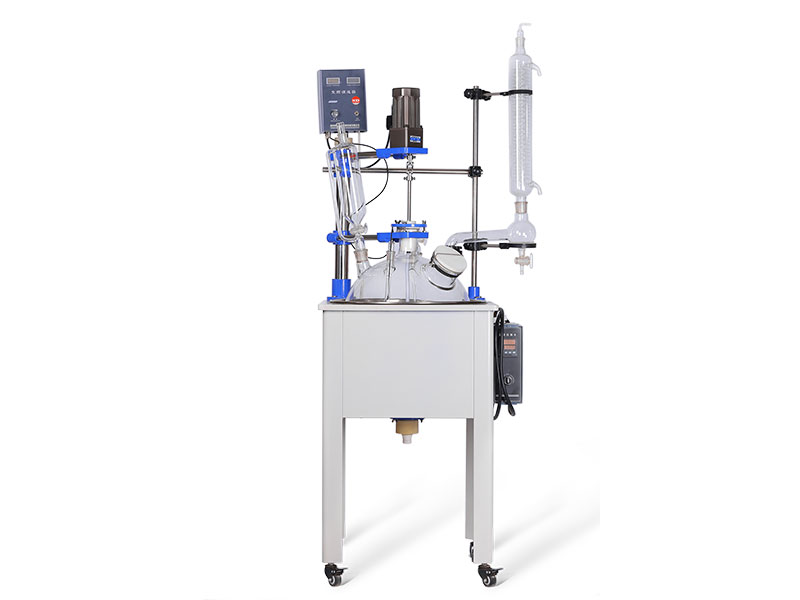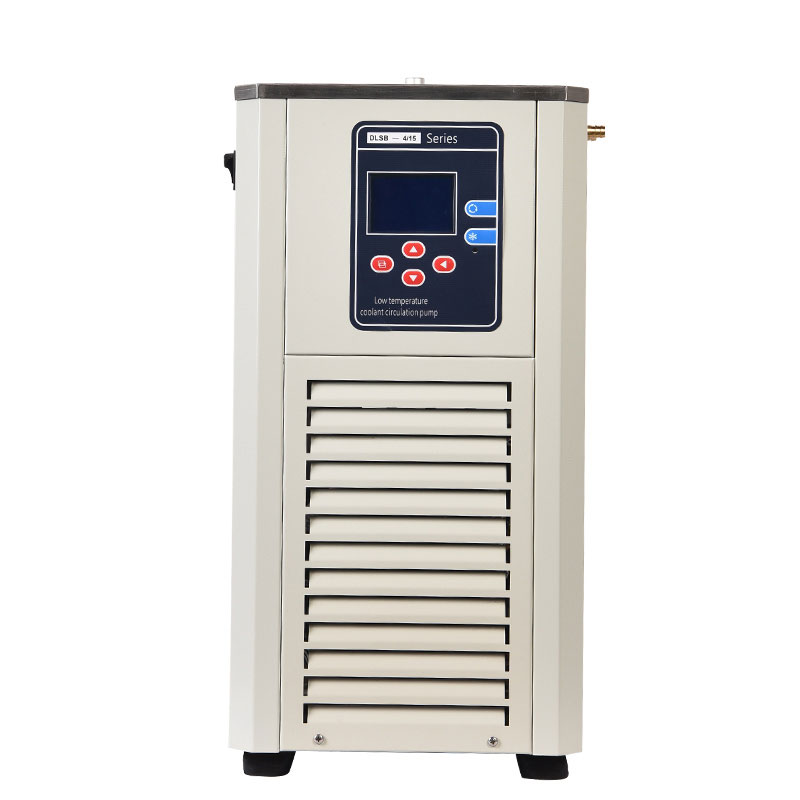Single layer stirred glass reactor manufacturer
Single layer glass reactor introduction
Single layer glass reactor is an equipment which is a collaboration of vacuum state, distillation, reflux, stirring, oil/water heating, heating mantle. It can do all kinds of biochemical reactions and synthesis reactions at a constant temperature condition. It is also a colsed system on the whole.
Circulating water vacuum pump can pump into the reactor sorts of liquids and gases. The reflux or distillation is possible under different temperature state.
TIPS:
1. Voltage 110V or 380V is available
2. Stirring power, torgue, refrigeration components can be customized.
3. Customized configuration is available
Single layer glass reactor is a closed equipment which can do all kinds of biochemical and synthesis reactions-distillation, reflux, stirring etc. at a constant temperature condition.
Two kinds heating methods: water/oil heating bath and heating mantle.
1-50L kettle: circular type
50L-100L kettle: cylinder type
Advantage
1. Frequency control, AC induction motor, digital display and constant rotary speed, no brush, no spark, safe and stable and continuous working.
2. Overall stainless steel frame structure is stable and reliable.
3. The brake casters are convenient and reliable for moving.
4. PTFE drain valve is without dead corner to release s olid and liquid material from the bottom.
5. LCD display is easier and convenient to measure temperature.
6. EX-proof series is available.
Single layer glass reactor performance
The single wall glass reactor has water/oil heating bath or heating mantle itself. Water/oil bath temperature is digital display, which can meet constant temperature state, fast temp. rising, accurate controllers.1-50L is circular and more than 50L is cylinder. After heating we can add the cooling coil in the tank to cool the material in short time.
Single lined glass reactor features
1. GG17 high-borosilicate glass with nice physical-chemical properties; experiment temperature -100 to 400 degree C; Resistant to strong acidic properties of materials; only touching with glass parts & PTFE, no cross-contamination.
2. Precision Mechanical seal stirring to keep high vacuum degree.
3. Glass(PTFE)discharge valve, no-dead angle mixing, fast no residue discharge.
4. Frequency control speed gear motor, smooth running,high torque, automatic booster , no spark, noise free, long life.
5. SUS frame and cast aluminum material kettle body support, simple as well as strong; stable structure
6. Circulating water/oil bath, heating mantle can supply the heating origin; Cooling mode machine:cool chiller, convenient and practical
7. Scientific & innovative structure, practical, strong.
Heating principle
The heating coil in the tank heat the transfer medium-water or oil directly,(heating mantle heat the body kettle). Then the hot water or oil pass its hot energy to material in the kettle and stirring at the same time.
Ancillary equipment
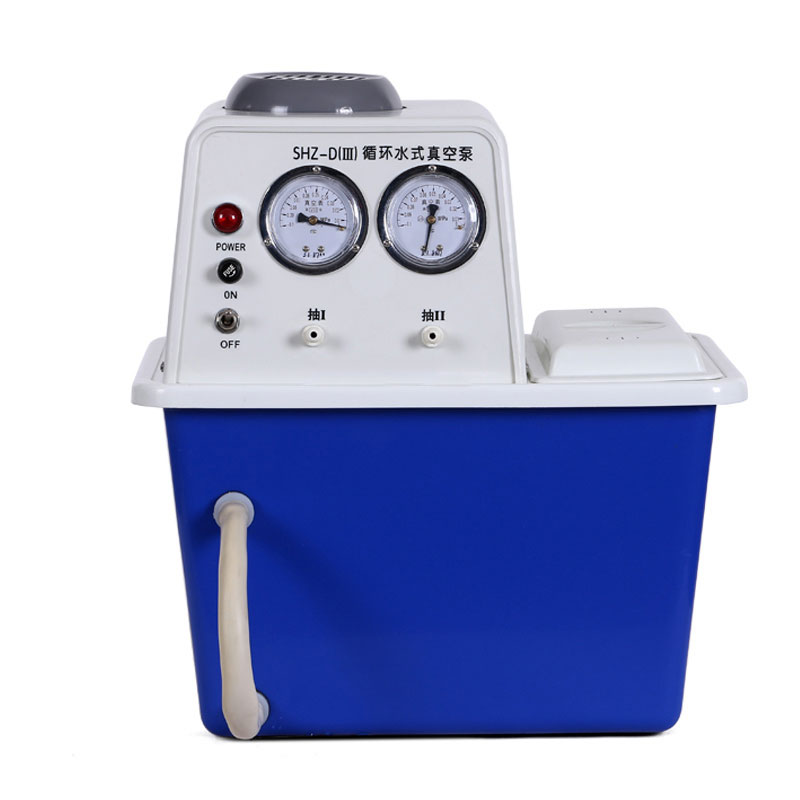 |
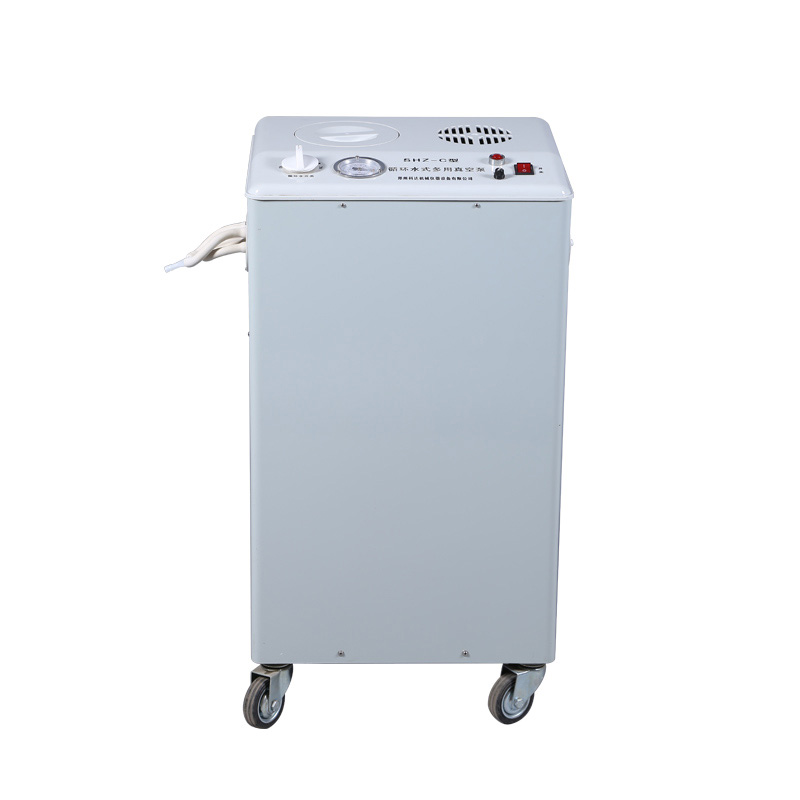 |
|
Bench top circulating water vacuum pump Bench-top circulating water vacuum pump for single-layer glass reactors with capacities below 20L |
Vertical circulating water vacuum pump Vertical circulating water vacuum pump for single-layer glass reactors with a capacity greater than 20L |
Circulating water vacuum pump: Used to provide a vacuum source.
Cool chiller: Reflux, condensation and cool the material
Technical data
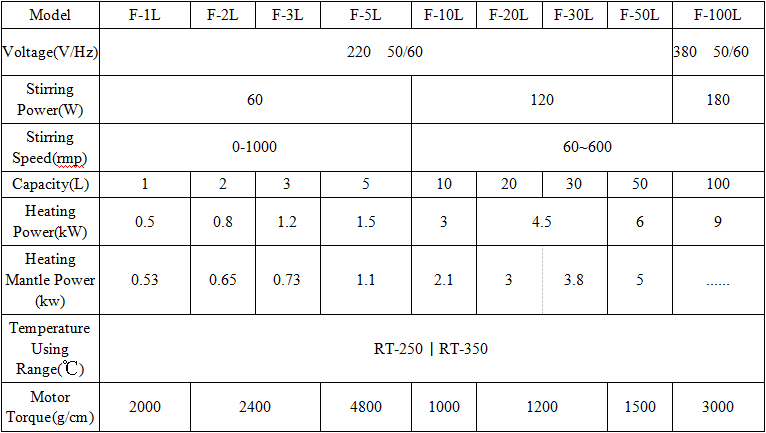
Notes
1.Please check whether the glass kettle intact or not, whether each interface is consistent or not. Please handle with care.
2.Wipe each interface with a soft cloth (napkin available),then apply a little vacuum grease.( Vacuum grease must be covered to prevent gray sand from entering after using.)
3. Each interface can not be over-tightened, loosening them periodically, avoid long-term furrowed
causing connector tightened deadly.
4.First turn on the power switch, and then let the machine run from slow to fast speed. When the reaction is over, let the machine into static state, then off the switch.
5.Every PTFE switch can not be over-tightened, which is easy to damage the glass.
6.Please wipe the various traces of oil, stains, solvents left on surface to stay with a soft cloth after you completing the experiment.
7.After the shutdown, loosen each PTFE switch. Long time keeping still in working condition causes PTFE piston deformation.
8.Clean seals regularly.Method: Remove the seal ring, check the shaft plot dirt or not, wipe it with a soft cloth, then coat with a little vacuum grease, and re-install it to keep the shaft and seal smooth.
9.Keep the electrical parts dry, non-moisture!!
10.It’d better purchase the original authentic parts,use other machine parts may cause fatal damage.
11.Any repair or inspection be sure to cut off power and water.
12.Explosion-proof is optional.
